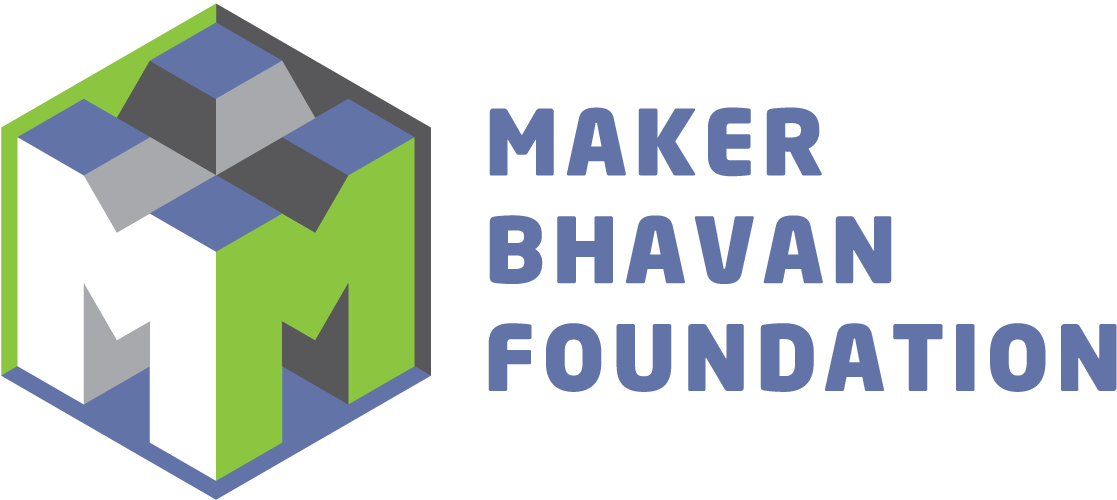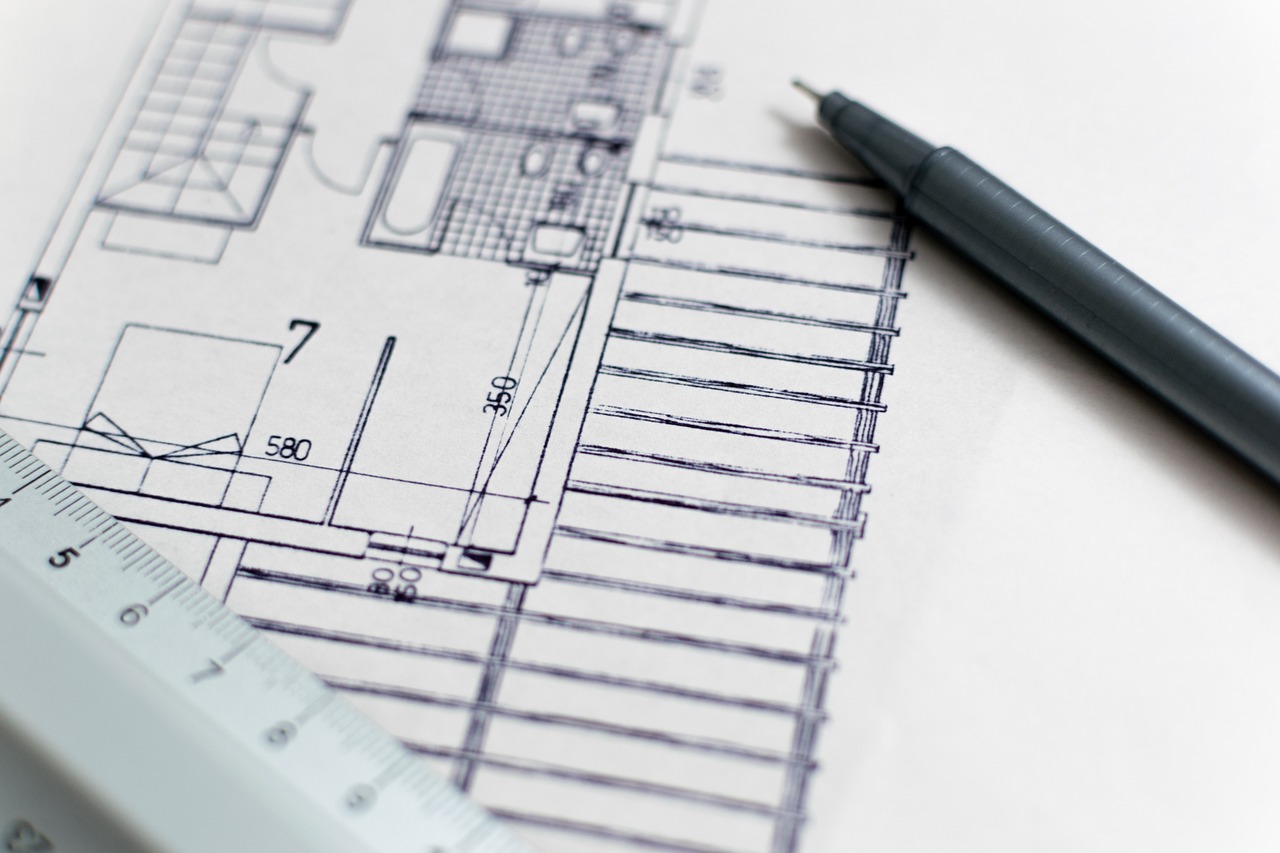A Journey from Idea to Market
In the world of creating new things and entrepreneurship, going from an idea to selling the product is like a journey with many surprises. How does an idea catch fire? Lets talk about what happens behind the scenes. I always say, enjoy the journey, because the goal can change. Just like how they say in that bollywood song, “Jaate the japan pohoch gaye cheen, samjh gaye na.” Be ready for change and learn from the roads you take in this journey. But still there are somethings you should keep in mind. Between thinking of an idea to selling it in the market you should consider two important factors: Tech push and Market Pull.
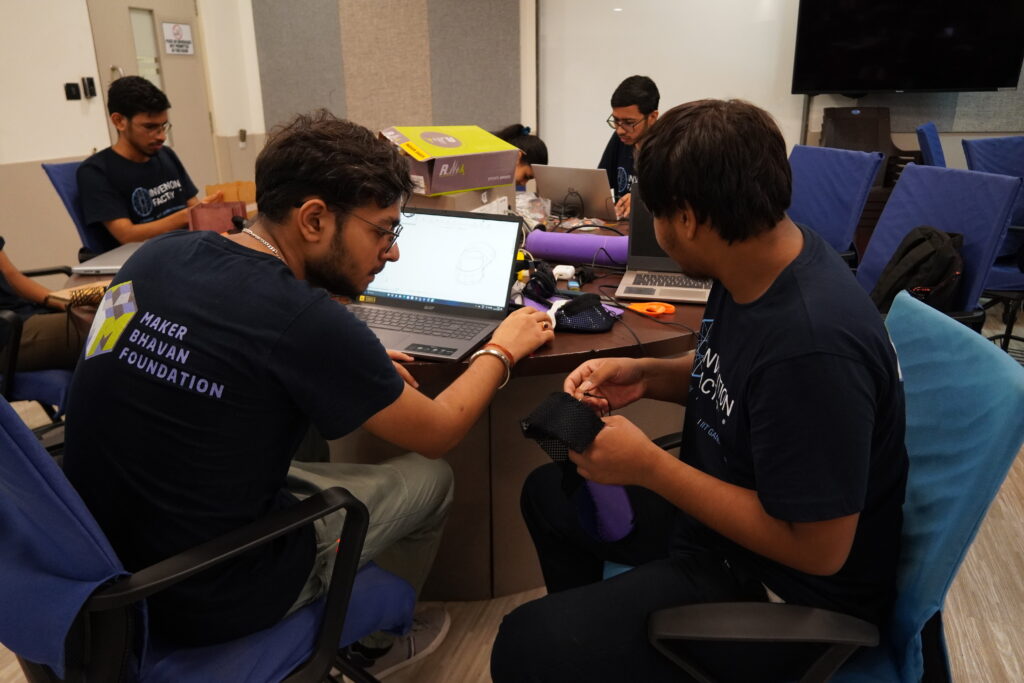
Tech Push: When Ideas Outpace Market
Tech Push is when cool ideas and technologies come up but they might not be what people really need or are willing to accept at this point in time. For example, refrigeration technology existed long before refrigerators. It only became popular when someone thought about how to use it in our daily lives. So the technology only became relevant when someone decided to tinker with it while keeping the consumer in mind. One thing to not is that after you have successfully introduced your technology, you shouldn’t just leave it. Think about early PC companies – many didn’t survive because they didn’t keep up with changing technology.
Market Pull: When Consumer Needs Drive Innovation
On the other side, there’s Market Pull, where innovation happens because people want certain things. It’s about understanding and meeting what the market needs. In a place like India where people care about affordability, products that fulfill needs at a low cost perform well. For example, the 100cc bikes are popular because they meet the demand for smaller bikes at cheaper rates. Ed-tech companies are another example—they saw a big need in the market and focused on that.
Understanding the Distinction
Market Pull can grow quickly because it fits what people want. Tech Push, however, usually takes more time to be accepted because you have to create a market for the idea. This comes with higher risk because it might take a while for the market to catch up to the innovation. Market Pull, driven by what consumers want, follows a more predictable path and doesn’t always involve complex technologies. For example, Reliance introduced polyester sarees, this was to satisfy the market’s need for more colors and prints. Their sarees made people largely shift from traditional cotton sarees to the new polyester variety.
But there’s no right or wrong path in your journey. What matters is your dedication. It all starts with the spark of an idea, but before you start on this journey, make sure your idea is not just a dream, but a practical concept. To do this, I suggest creating a framework to validate your idea. This will be like a compass that will help you navigate the uncertain waters of innovation.
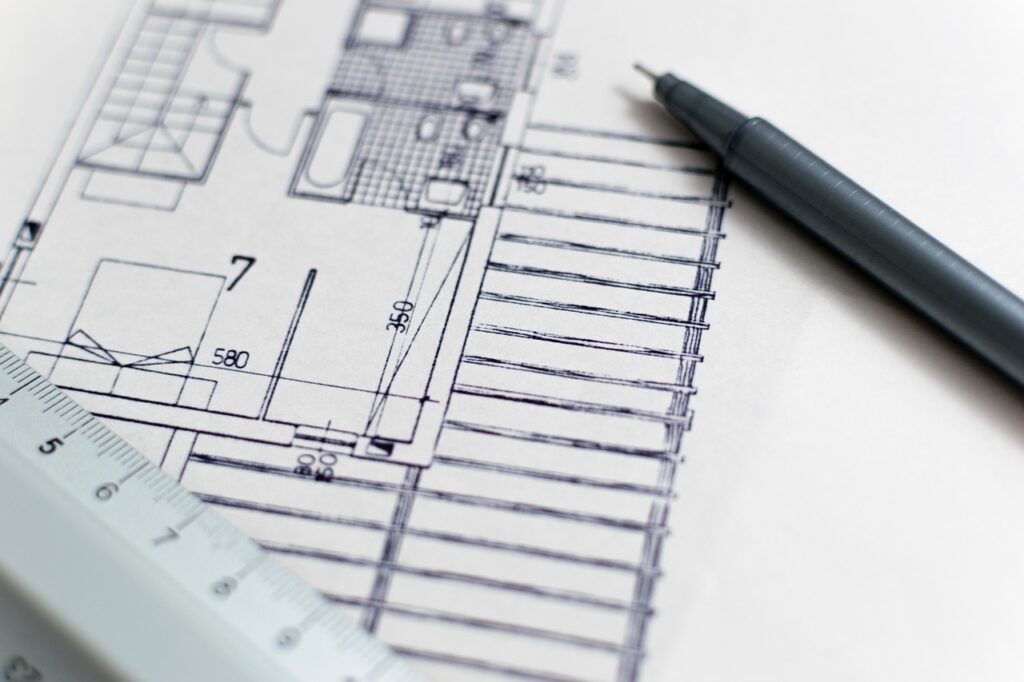
Validating the Idea
- What’s the expected result of your idea? It doesn’t just have to be about the market; it could be a technical outcome too. What do you want to achieve, and how will it make a difference in the world?
- What scientific principle does your idea address? Every innovation needs a solid scientific basis. Understanding the science ensures your innovation is calculated, not just a guess.
- What’s the logical chain of thought to get to the prototype concept? Map out the scientific and technological steps that lead to your prototype. This helps create a clear path from idea to execution.
- How will it become a prototype? Prototyping is crucial; it turns ideas into real things. Think about the steps to turn your concept into a tangible prototype.
- What’s the expected performance? Set measurable goals for your invention. Define key metrics to measure its success early on; this will guide your development process.
The ground work of Prototyping: Looking Inwards
Prototyping is like a well-planned trip, not a random journey. You can enjoy it by following these steps:
- Follow a Process: Create a step-by-step plan for prototyping with clear checkpoints. It keeps your project on track and feels good as you move forward.
- Math and Simulation: Use math and simulation to save time and money. Simulation is a fantastic tool that lets you explore many possibilities and improve your idea more efficiently.
- Evolve a Blueprint: While going from idea to prototype, keep updating a blueprint with design details and how to make it. This blueprint guides you and makes sure your prototype matches your original idea.
- Reduce Experimentation: Experimenting is important, but plan and simulate as much as possible to avoid unnecessary mistakes. The more you can predict and control, the smoother your prototyping journey will be.
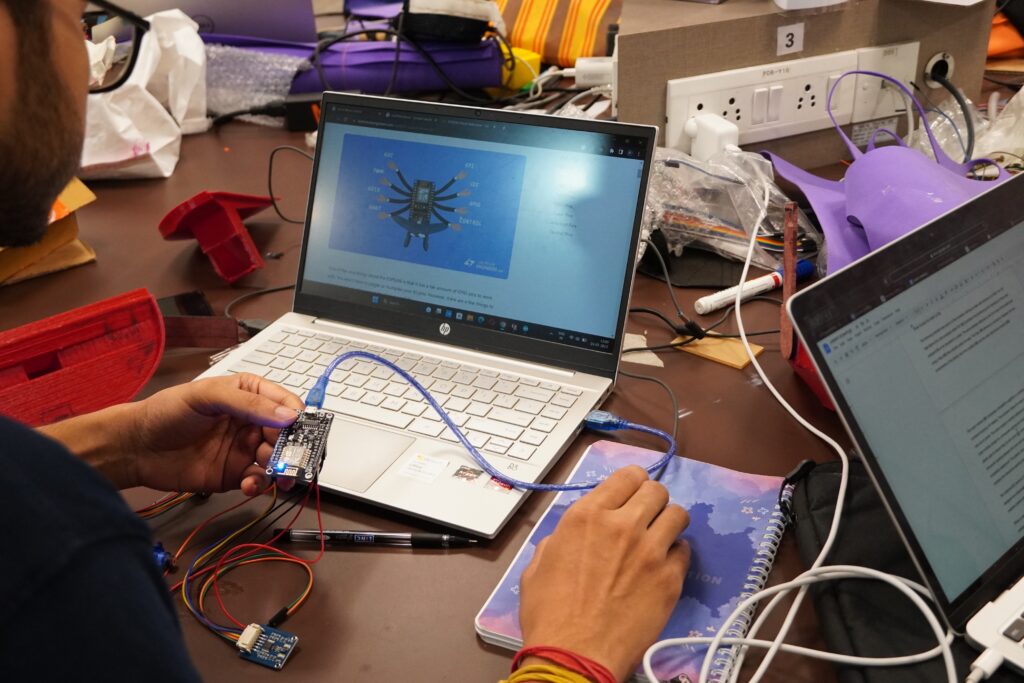
Make Something That Works
When going from idea to making it, one of the biggest goals is to build something that actually works. Your idea might look great on paper, but the challenge is turning it into a real, working thing. Here are some important things to do:
- Plan! Plan! Plan!: Planning is very important, and it should take up 90% of your effort. If you plan really well, your execution is more likely to be great.
- Be Ready for Surprises – What If?: Innovation is often not a straightforward journey. What if your first ideas are wrong? What if a competitor comes in? Being ready for these “what if” moments can really help keep your project on the right track.
- Explore Different Ideas: One idea can lead to many others. Don’t just stick to one way; explore all the different aspects of your idea.
- Check Expectations – What You Thought vs. What Happened: Keep checking if your project matches what you first thought. Were there things you didn’t expect? Where did your project do well, and where did it have problems? Thinking about this helps you change your plan and make it better.
- What Can You Do Now? Where Can You Do Better?: If things don’t go as planned, ask yourself: what can you do now? This is a chance to change, adjust, and make things better. It’s a time to think about your plan and find ways to do even better.
Getting Ready for the Market
Now it’s time to move from creating something new to entering the busy marketplace. Before your invention hits the market, it’s important to understand your competition, where your invention can be used, and how it benefits society. One way to avoid repeating what others have done is by using the library. Dr. Google might not have all the answers, but the library has information dating back many years that can provide valuable insights.
- Compare with the Current Best Solution: Before entering the market, see how your invention compares to the current best solution, if there is one. Look at its performance, price, and how easy it is to use compared to what’s already out there. Understanding these things helps you position your product better.
- Applications and Societal Benefits: Figure out where your invention can be used. How widely can it be applied, and in which industries or areas can it make a real difference? Besides practical uses, think about how society will benefit. Will it improve our lives, support sustainability, or create economic opportunities?
- Sustainability Benchmarking: It’s not just about being better than the competition; it’s also about being more sustainable. Check how much energy your innovation uses, what materials it uses, and if it uses sustainable materials. In a world that cares more about the environment, showing a commitment to sustainability can set you apart.
- Impact of Your Innovation: Consider what your invention does on a bigger scale. Does it make existing things in a well-known market better, adding value and setting new standards? Or does it have the potential to change how things are used or even redefine the market?
- Market Size Assessment: Understand how big your target market is. Know who might be interested in your innovation. Are you going into a specific market, a growing area, or an already established industry? Knowing your market size affects how you market your product, how much it can grow, and your overall business plan.
Final Thoughts
To wrap up, remember that there is no single path to success. What makes you special is your commitment, your ability to adapt, and your openness to explore. The journey isn’t always a straight line; it’s an exciting adventure where planning and strength are your guides. See each challenge and detour as a chance to find new opportunities. Innovation is not just about ideas; it’s about turning those ideas into solutions that can make the industry better and improve the world.
